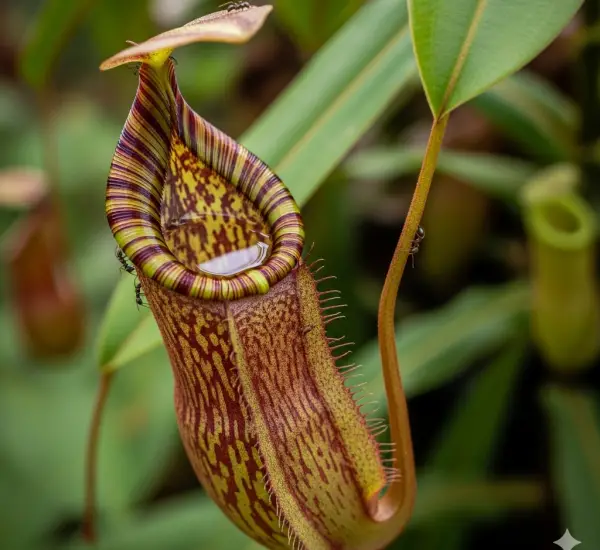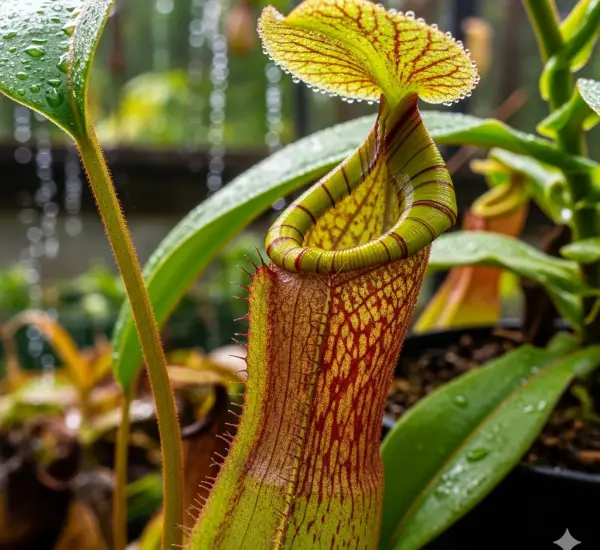Growing lemons at home can be a rewarding and enjoyable experience. Here are 10 easy steps to help you grow lemon trees indoors or in a suitable outdoor climate:
- Choose the Right Lemon Variety: Select a lemon tree variety that is suitable for your climate and available space. Common indoor lemon varieties include Meyer, Ponderosa, and Eureka.
- Gather Supplies: You’ll need a suitable container or pot, well-draining potting soil, a sunny location (or grow lights if indoors), fertilizer, and a saucer or tray for the pot.
- Select a Suitable Container: Use a container or pot that has drainage holes to prevent waterlogged roots. Make sure it’s at least 12-18 inches in diameter and 18-24 inches deep.
- Planting the Lemon Seed: You can grow lemon trees from seeds, but it’s often faster to start with a young lemon tree sapling or cutting. If using seeds, plant them about half an inch deep in the potting soil.
- Proper Soil and Planting: Use a well-draining potting mix with good aeration. Plant your lemon tree in the center of the container, leaving an inch or two of space between the soil surface and the rim of the pot.
- Sunlight: Lemon trees need plenty of sunlight to thrive. Place your potted lemon tree in a sunny location where it receives at least 8-12 hours of direct sunlight daily. If growing indoors, use grow lights to supplement natural light.
- Watering: Keep the soil consistently moist but not waterlogged. Water thoroughly when the top inch of soil feels dry. Use a saucer or tray to catch excess water and prevent root rot.
- Fertilizing: Feed your lemon tree with a balanced, slow-release fertilizer formulated for citrus plants. Follow the instructions on the fertilizer package, typically applied every 6-8 weeks during the growing season (spring and summer).
- Pruning and Shaping: Prune your lemon tree to maintain its shape and encourage healthy growth. Remove dead or diseased branches and prune to promote air circulation. Pruning is best done in late winter or early spring.
- Pest and Disease Management: Keep an eye out for common citrus pests like aphids, spider mites, and scale insects. Treat any infestations promptly with organic or chemical solutions as needed. Additionally, monitor for signs of diseases such as citrus canker or root rot and take appropriate measures to manage them.
Remember that growing lemon trees can take several years before they produce fruit, but with patience and proper care, you can enjoy homegrown lemons in time. Be prepared to protect your lemon tree from extreme cold if you live in a region with harsh winters by moving it indoors or providing adequate protection.
Show Comments




